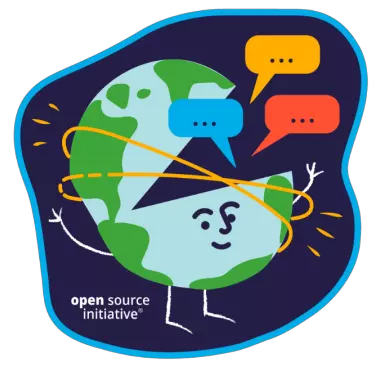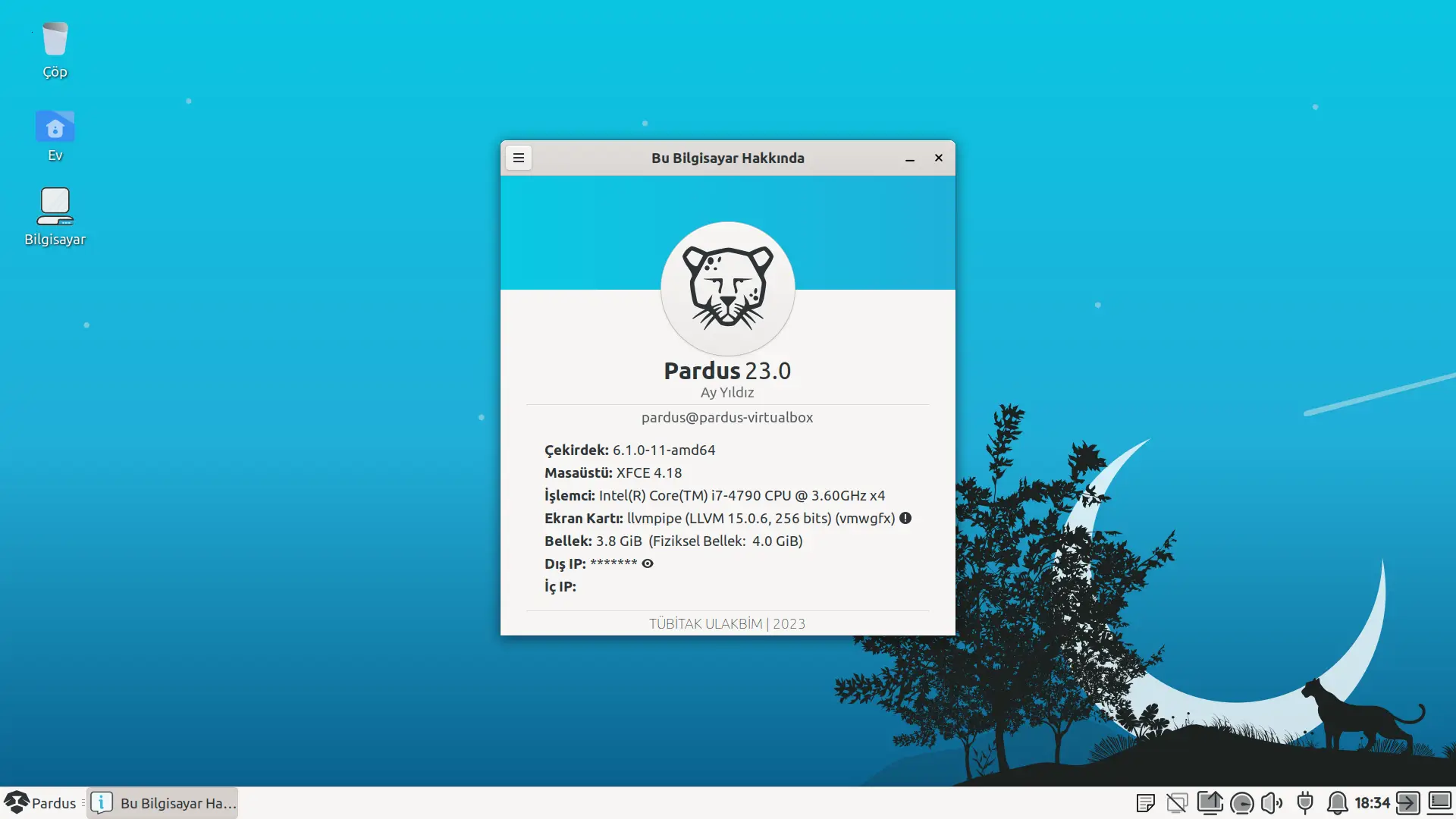
Açık Kaynak -Open Source-, tıpkı özgür yazılımlar gibi kullanıcıya yazılımı kullanma, anlama, değiştirme ve dağıtma özgürlükleri sunan yazılımdır. Bu topluluk hareketi ise 3 Şubat 1998’de California’da düzenlenen bir strateji oturumunda doğmuştur. Açık Kaynak tanımı Debian1 Özgür Yazılım Yönergeleri revize edilerek türetilmiştir. Dolayısıyla Özgür Yazılım ve Açık Kaynak birbirinin neredeyse aynısıdır diyebiliriz. Açık kaynak, el birliği ile yazılımı geliştirme metodolojisini iyileştirmeye odaklanırken Özgür Yazılım ortaya çıktığı dönemin teknolojisi ve gereği olarak felsefesini ön planda tutar.
Yazılımların dağıtım koşulları aşağıdaki kriterlere uygun olmalıdır:
1. Ücretsiz Yeniden Dağıtım
Açık kaynak yazılım lisansı, birkaç farklı kaynaktan gelen programları içeren toplu bir yazılım dağıtımının bir bileşeni olarak yazılımın satışı veya dağıtımı için telif hakkı veya başka bir ücret gerektirmez.
2. Kaynak Kodu Açık
Yazılım açık kaynak olarak dağıtılmalı, eğer derlenmiş haliyle dağıtılıyor ise kaynak kodunu da beraberinde içermeli ya da kaynak koduna kolay ve ücretsiz erişime imkan vermelidir. Bu kaynak kod yazılımcının anlayıp değiştirebileceği biçimde olmalı, bilinçli olarak anlaşılırlığı engellenmemelidir.
3. Türetilen İşler
Lisans, değişikliklere ve türetilmiş çalışmalara izin vermeli ve bunların orijinal yazılımın lisansıyla aynı koşullar altında dağıtılmasına izin vermelidir.
4. Yazarın Kaynak Kodunun Bütünlüğü
Lisans, kaynak kodun değiştirilmiş biçimde dağıtılmasını kısıtlayabilir, ancak aynı zamanda değiştirilmiş kaynak kodundan oluşturulan yazılımın dağıtımına açıkça izin vermelidir.
5. Kişi veya Gruplara Yönelik Ayrımcılık Yapılamaz
Açık kaynak olarak lisanslanan yazılımın lisansında herhangi bir kişi ya da gruba karşı ayrımcılık yapılamaz.
6. Çalışma Alanına Yönelik Ayrımcılık Yapılamaz.
Herhangi bir amaç için yazılımın kullanılması engellenemez.
7. Lisansın Dağıtımı
Programa eklenen haklar, söz konusu taraflarca ek bir lisans uygulamasına gerek kalmadan programın yeniden dağıtıldığı herkes için geçerli olmalıdır.
8. Lisans Bir Ürüne Özgü Olmamalıdır.
Yazılıma eklenen haklar, programın belirli bir yazılım dağıtımının parçası olmasına bağlı olmamalıdır.
9. Lisans Diğer Yazılımları Kısıtlamamalıdır.
Lisans, lisanslı yazılımla birlikte dağıtılan diğer yazılıma kısıtlamalar getirmemelidir. Örneğin, lisans aynı ortamda dağıtılan diğer tüm programların açık kaynaklı yazılım olması konusunda ısrar etmemelidir.
10. Lisans Teknolojiden Bağımsız Olmalıdır.
Lisans maddeleri bir teknoloji ya da arayüz dayatması yapamaz.
Neden Özgür Yazılım?
Bilimin gelişmesi elbette bilgininin paylaşılmasıyla mutlak hızına ulaşabilir. İletişimde sembollerin -yazı- kullanılmaya başlaması bilginin gelecek nesillere aktarımını sağlamış ve bilgi birikimi bizi bugünlere taşımıştır. Bilgiyi kapatmadan ‑tekelleştirmeden- insanlığın yararına paylaşmak bizleri geleceğe daha hızlı taşıyacaktır. Bilgiyi açık bir şekilde paylaşmak özgür/açık kaynak yazılım, özgür/açık belge, özgür teknoloji lisansları ile mümkündür. Özgür ve açık kaynak yazılım lisansları, kapalı kaynak -sahipli- yazılım lisanslarının aksine kullanıcıların haklarını korur ve bu lisanslara sahip yazılımlar birlikte üretmeye ‑geliştirmeye- daima açıktır.
“Özgür” ve “Açık Kaynak” yazılımlara ileriki senaryolarda değineceğiz ancak daha kapsamlı bilgi için gnu.org ve opensource.org adreslerini ziyaret edebilirsiniz.
Sonraki >> Özgür Yazılım Lisansları
İlginizi Çekebilir
ETAP’ta Pencereleri Yönetmenin En İyi Yolu: gTile ile Verimliliğinizi Artırın!
Nasıl?
19 Şub '25Pardus Güncel Nvidia Sürücü Kurulumu
Blog
26 Ara '24Bir git tabanlı projede yazma iznine sahip olmak isteyen Hackerlar(Yazılımcılar) için Kılavuz
Nasıl?
15 Şub '24Az bilinen nano özellikleri
Nasıl?
9 Şub '24



